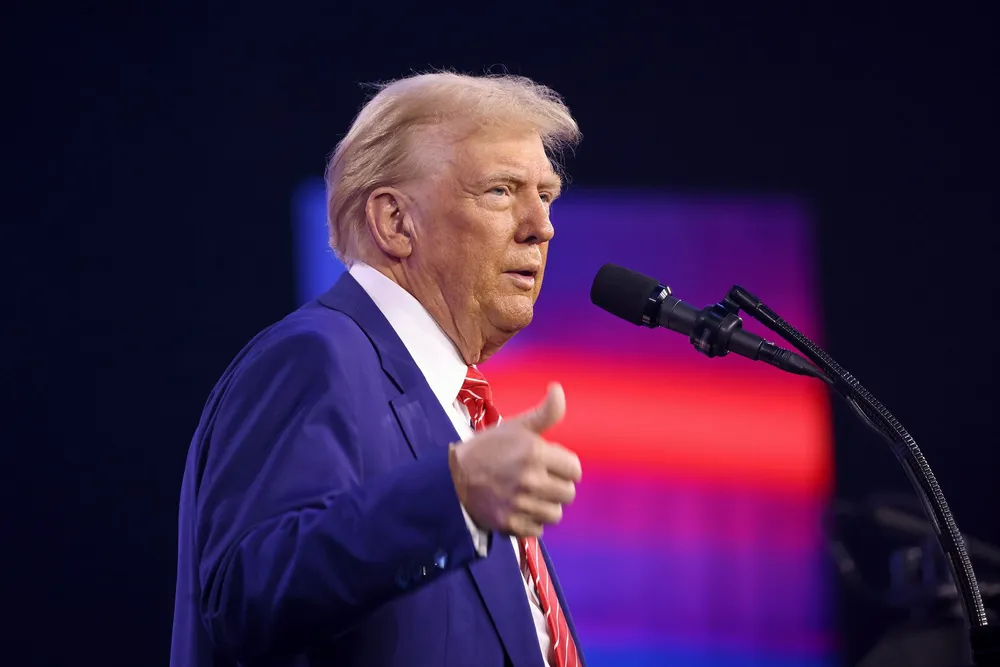US solar module capacity surged 600% to supply domestic need, but still vulnerable to tariffs
Trade group SEIA's data shows US has capacity to manufacture 52GW of modules, up from only 7GW three years ago, but remains dependent on overseas sourcing for critical inputs

The US now has enough solar module production capacity to meet 2025 domestic demand, assuming President Donald Trump’s tariff threats don’t upend foreign sourcing of necessary inputs to manufacture them.
Since passage of the landmark 2022 climate law, the sector has taken advantage of generous federal tax credits to increase nameplate module manufacturing capacity from 7GW to 51.7GW, according to new numbers from Solar Energy Industries Association (SEIA), a national trade group.
An additional 40GW is under construction or announced.
“Reaching 50GW of domestic solar manufacturing capacity is a testament to what we can achieve with smart, business-friendly public policies in place,” said SEIA CEO Abigail Ross Hopper. “The US is now the third largest module producer in the world because of these policy actions.”
According to SEIA’s solar and storage supply chain dashboard, which tracks industry manufacturing investments, when the Inflation Reduction Act (IRA) took effect, the US was able to produce 25GW equivalent of polysilicon and limited quantities of cells. There was no ingot and wafer capacity.
In the ensuing 30 months, companies have announced plans for 13GW of new US ingot production, 24GW of wafers, and 56GW of solar cells. More polysilicon capacity is expected to come online in the next few years, although SEIA did not provide a number.
“In 2024, cell manufacturing was onshored for the first time since 2019, and the market expects additional cell manufacturing capacity to come online throughout 2025,” it said.
IRA-induced investment totals $40.2bn including $8.7bn online, $16.2bn under active construction, and another $15.2bn under development. Still, the US solar industry remains vulnerable to global supply chain disruptions.
Since taking office two weeks ago, Trump has already issued tariff threats against Canada, Colombia, Denmark, European Union, and the BRIC intergovernmental group which consists of Brazil, China, Egypt, Ethiopia, India, Indonesia, Iran, Russia, South Africa, and United Arab Emirates.
On Monday, Trump agreed to pause for 30 days a planned 25% tariff on certain goods from Canada (10% on energy) and Mexico, heading off a trade war with the US’ two largest trading partners.
He did slap 10% tariff on all Chinese products, a move that took effect today. That is in addition to 10% to 25% levies that most Chinese goods already face that he enacted in his first four-year term through January 2021.
In those three cases, Trump said tariffs are meant to pressure for greater cooperation to stem the flow of illegal immigration and fentanyl imports from each country.
Aside from China, Germany and Malaysia are the other leading global polysilicon suppliers. While Trump has not specifically mentioned as a tariff target, the EU and Germany could soon be in his crosshairs as the US has large trade deficits with both.
US law prevents importation of goods such as polysilicon from Xinjiang Autonomous Uyghur Region that are allegedly made with forced labour.
China is also the dominant global supplier of solar ingots, wafers, and cells.
(Copyright)